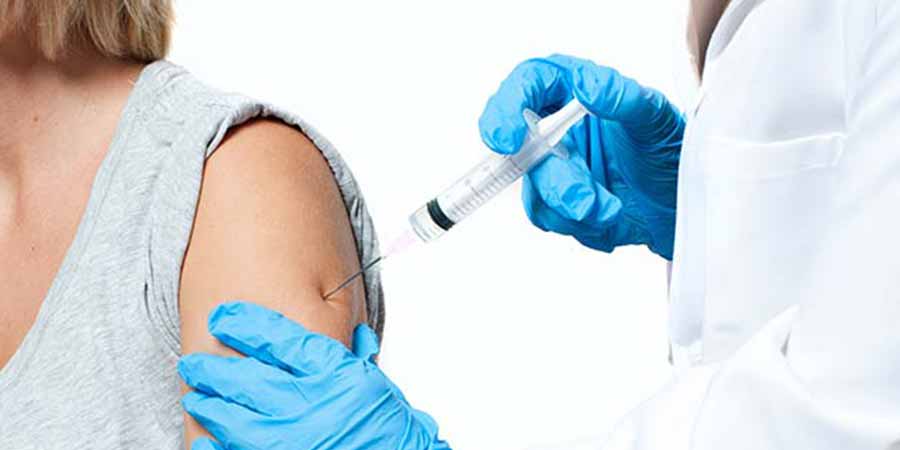What Is a Stroke? Understanding the Basics
Have you ever wondered what exactly a stroke is? In simple terms, a stroke occurs when the blood supply to a particular part of the brain is interrupted or reduced, leading to cell death and potential disability. Strokes can vary in severity, and their impact on an individual’s life can be devastating. However, the good news is that with timely medical intervention and comprehensive acute stroke nursing care, stroke survivors can make significant strides toward recovery and regaining independence. In this blog post, we will delve into effective nursing interventions for stroke rehabilitation, exploring how these interventions can enhance patients’ quality of life in the aftermath of a stroke.
Early Stroke Symptoms
Recognizing early stroke symptoms is paramount in ensuring prompt medical intervention and optimizing recovery outcomes. For nurses and healthcare providers, it is crucial to educate individuals on the telltale signs of a stroke to facilitate swift action and reduce potential complications. Symptoms such as sudden numbness or weakness in the face, arm, or leg, especially on one side of the body; difficulty speaking or understanding speech; and abrupt onset of severe headache require immediate attention. Time is of the essence in stroke management, as timely administration of appropriate therapies can significantly improve patient prognosis. Therefore, increasing awareness about early stroke symptoms is fundamental in our efforts to save lives and mitigate long-term disability associated with strokes.
Mini-Stroke Symptoms
Mini strokes, also known as transient ischemic attacks (TIAs), present with symptoms that mimic those of a full-blown stroke but are temporary in nature. Mini-stroke symptoms typically include sudden onset of weakness or numbness, usually on one side of the body, difficulty speaking or understanding speech, temporary vision loss, dizziness, and a sudden, severe headache. Despite being transient, mini strokes should never be ignored, as they often indicate an underlying risk of a major stroke. Seeking immediate medical attention following a mini stroke is paramount to prevent further damage and implement preventive measures to reduce the risk of future strokes. Hence, raising awareness about mini-stroke symptoms empowers individuals to take proactive steps toward their health and well-being.
What Causes a Stroke?
A stroke occurs when there is a disruption in the blood supply to the brain, leading to brain cell damage and potential neurological deficits. An ischemic stroke results from blocked or narrowed arteries that impede blood flow to the brain, and a hemorrhagic stroke occurs due to the rupture of blood vessels in the brain, leading to bleeding and increased pressure. Common risk factors contributing to stroke development include hypertension (high blood pressure), diabetes, high cholesterol levels, smoking, obesity, physical inactivity, excessive alcohol consumption, and a family history of strokes. By addressing and managing these risk factors through lifestyle modifications, medication adherence, and regular medical check-ups, individuals can significantly reduce their risk of experiencing a stroke and improve their overall vascular health.
How to Prevent a Stroke?
Preventing strokes requires a multifaceted approach that focuses on addressing modifiable risk factors and promoting a healthy lifestyle. First, managing hypertension (high blood pressure) is crucial, as it is a leading risk factor for strokes. This involves regular blood pressure monitoring, adhering to prescribed medications, adopting a low-sodium diet, and engaging in regular exercise. Second, managing diabetes and high cholesterol levels through medication compliance, healthy eating habits, and regular physical activity plays a significant role in stroke prevention. Next, quitting smoking and limiting alcohol intake are vital steps in improving vascular health and reducing stroke risk. Emphasizing the importance of maintaining a healthy weight; eating a balanced diet rich in fruits, vegetables, whole grains, and lean proteins; and staying physically active are fundamental pillars of stroke prevention. Additionally, regular medical check-ups, screening for atrial fibrillation (an irregular heart rhythm), and adhering to prescribed anticoagulant therapy when indicated are essential in preventing stroke recurrence. By educating individuals about these preventive strategies and encouraging proactive healthcare behaviors, we aim to empower individuals to take charge of their vascular health and reduce their risk of experiencing a stroke.
Types of Stroke
Understanding the different types of strokes is crucial in providing comprehensive care and implementing targeted prevention strategies. The two primary types are ischemic strokes and hemorrhagic strokes. Ischemic strokes occur when a blood clot blocks a blood vessel in the brain, leading to decreased blood flow and oxygen supply to brain cells. Hemorrhagic strokes result from the rupture of a weakened blood vessel, causing bleeding into the brain tissue. Each type of stroke presents with unique symptoms and requires specific management approaches. Ischemic strokes may benefit from clot-busting medications or mechanical clot retrieval procedures to restore blood flow, while hemorrhagic strokes necessitate measures to control bleeding and reduce intracranial pressure. Transient ischemic attacks (TIAs), often referred to as mini strokes, are temporary disruptions of blood flow to the brain that resolve within 24 hours but serve as critical warning signs for potential future strokes. By differentiating between these stroke types and tailoring treatment plans accordingly, medical professionals can optimize patient outcomes and reduce the burden of stroke-related disabilities.
Acute Care and Initial Assessment

The immediate response to a stroke is crucial for minimizing long-term damage and optimizing recovery. As a nurse, providing acute care and conducting an initial assessment are key components of the intervention process. During this critical stage, prompt identification of stroke symptoms and their classification (i.e., ischemic or hemorrhagic) is vital. Ischemic strokes, caused by a blocked blood vessel, require immediate administration of clot-busting medications, while hemorrhagic strokes, caused by bleeding in the brain, may necessitate surgical intervention.
Promoting Physical Rehabilitation
Physical rehabilitation plays a pivotal role in helping stroke survivors regain strength, coordination, and mobility. By leading patients in both passive and active range-of-motion exercises, physical therapy professionals, in collaboration with occupational therapists, aid in preventing secondary complications such as contractures and muscle wasting. Nurses, PTs, and OTs can provide support by facilitating therapy sessions, educating patients and their families about the importance of movement, and actively encouraging compliance with prescribed exercises.
Facilitating Speech and Language Recovery
Stroke often leads to communication impairments such as aphasia and dysarthria, making it challenging for individuals to express their thoughts and feelings effectively. Facilitating speech and language recovery is crucial. Collaborating with speech-language pathologists, nurses can assist in implementing communication strategies, such as using visual aids and augmentative and alternative communication techniques, to help patients regain their ability to communicate effectively. Additionally, offering emotional support and patience during communication practice sessions is vital to the overall recovery process.
Addressing Emotional and Psychological Well-being
The emotional and psychological impact of a stroke can be profound and often overlooked. A nurse’s role extends beyond physical recovery, encompassing the provision of holistic care that promotes emotional well-being. By actively listening, offering encouragement, and providing education on coping mechanisms, nurses can help reduce anxiety, depression, and feelings of social isolation experienced by stroke survivors. Collaborating with psychologists or specialized mental health professionals can further enhance the development and implementation of tailored interventions, such as cognitive-behavioral therapy or support groups.
Conclusion
Stroke is a life-altering event, both for the individual affected and their loved ones. However, with appropriate nursing interventions, stroke survivors can make remarkable progress toward recovery and reclaiming their lives. By providing acute care, facilitating physical rehabilitation, enabling speech and language recovery, and addressing emotional well-being, nurses play a vital role in improving outcomes and promoting a sense of hope amidst adversity. Ongoing education and research in stroke nursing interventions are essential to further enhance the quality of care provided and support the long-term well-being of stroke survivors. Together, let us continue to strive for comprehensive and compassionate care, empowering stroke survivors to envision a brighter future.
Sign up for our newsletter email list and like us on Facebook and Instagram to be among the first to know about all our special discounts and offers!
About Wild Iris Medical Education:
Wild Iris Medical Education, Inc., is a privately held, woman-owned company providing online healthcare continuing education. In 1998, we began offering online ANCC-accredited nursing continuing education courses and since then have expanded to provide CEUs for occupational therapists, physical therapists, paramedics, EMTs, and other healthcare professionals.
Accredited and Approved Nationwide.
High-quality CEU Courses since 1998.

Join Our More Than 750,000 Satisfied Customers Now!
High-quality, accredited, evidenced-based continuing education courses in an easy-to-use format designed for learning, from Wild Iris Medical Education. We’ve been providing online CE since 1998.



